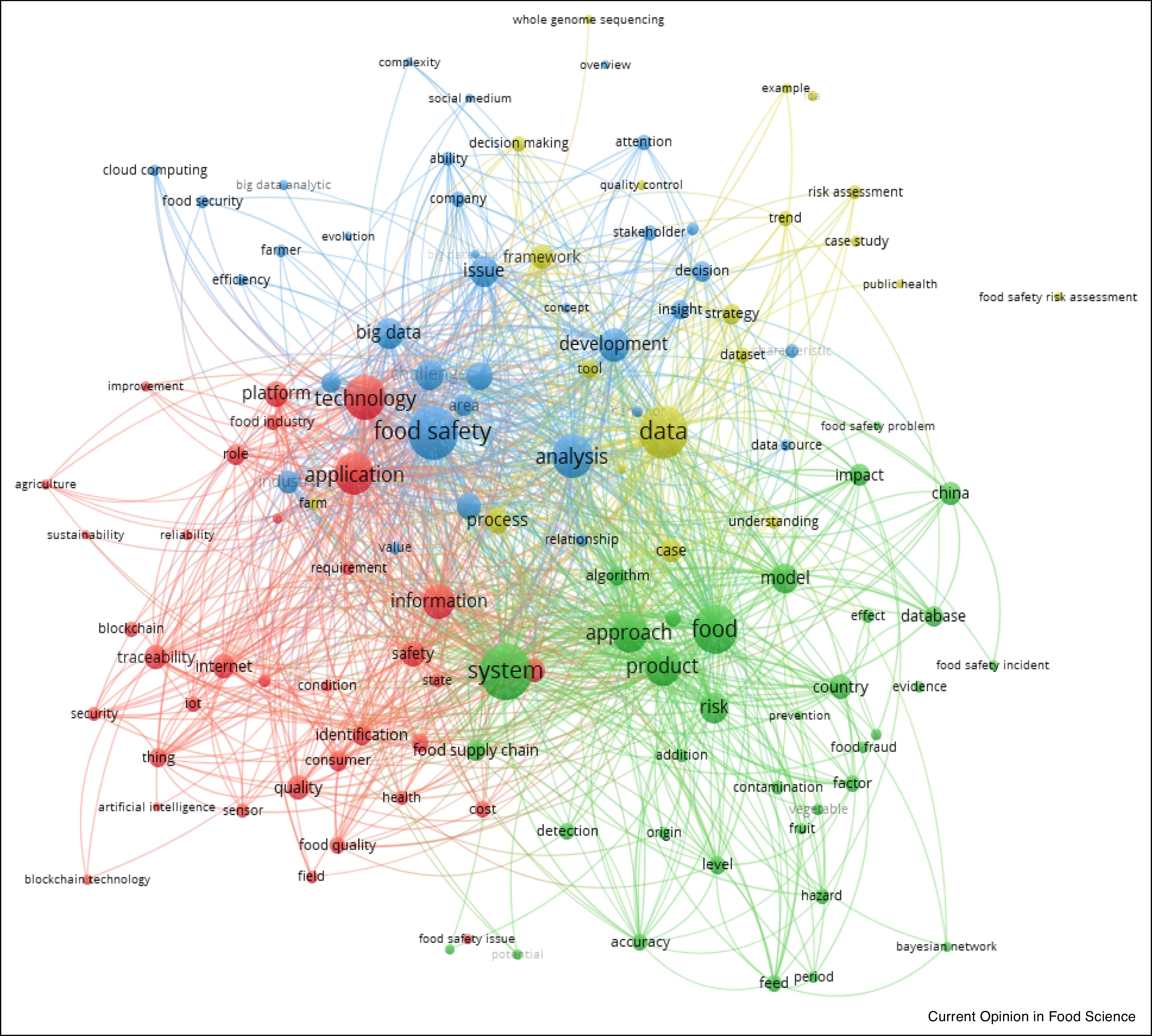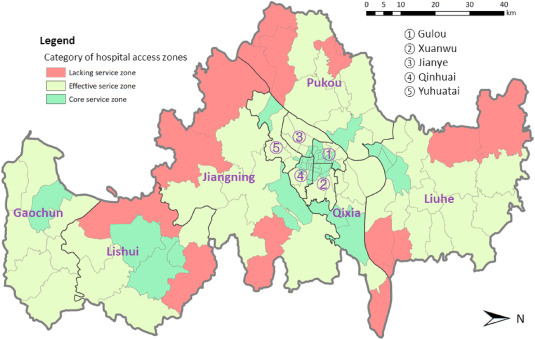Food Packaging and Shelf Life, Volume 26, December 2020
The recent sharp increase of sensitivity towards environmental issues arising from plastic packaging has boosted interest towards alternative sustainable packaging materials. This new trend promotes the industrial exploitation of knowledge on chitosan-based films. Chitosan has been extensively investigated and used due to its unique biological and functional properties. However, inherent drawbacks including low mechanical properties and high sensitivity to humidity represent major limitations to its industrial applications, including food packaging.
Journal of Transport and Health, Volume 19, December 2020
Background: With the rapid demographic shift towards an ageing society, it is a concerted effort to facilitate elderly's access to healthcare in order to maintain and improve their quality of life. In China, hospital care services dominate the healthcare market, which requires a better understanding of accessibility to hospitals in order to rationally allocate resources in spatial and land use planning. However, little attention has been paid to analysing the geographical accessibility to hospitals specific to the elderly population.
Agriculture, Ecosystems and Environment, Volume 304, 1 December 2020
Agroecosystems make up a significant portion of terrestrial ecosystems and receive a disproportionally high amount of terrestrial nitrogen inputs from fertilizer, leading to nitrogen loss and associated environmental problems. Integrated crop livestock systems, such as pasture-integrated crop rotations, may be more environmentally sustainable however the long-term effects of this management practice on soil microorganisms and nitrogen transformations are not well understood.
Intelligence-Based Medicine, Volume 3-4, December 2020
Diabetic Retinopathy (DR) is one of the leading causes of preventable blindness in the working-age diabetic population in India and across the world. It may lead to permanent blindness if not detected in the early stages. The prevalence of DR among diabetics in India was 10% and 16.9% in 2014 and 2019, respectively. In 2019, the International Diabetes Federation estimated that Diabetic Mellitus will affect 101 million people in India in 2030; the largest number in any nation in the world.


